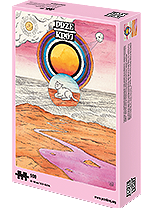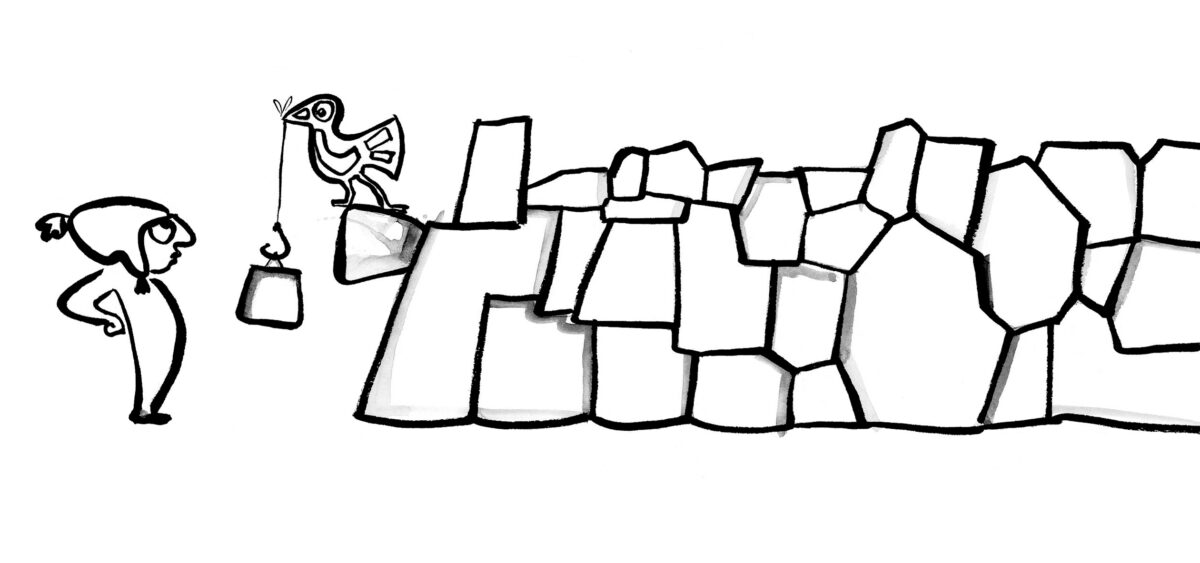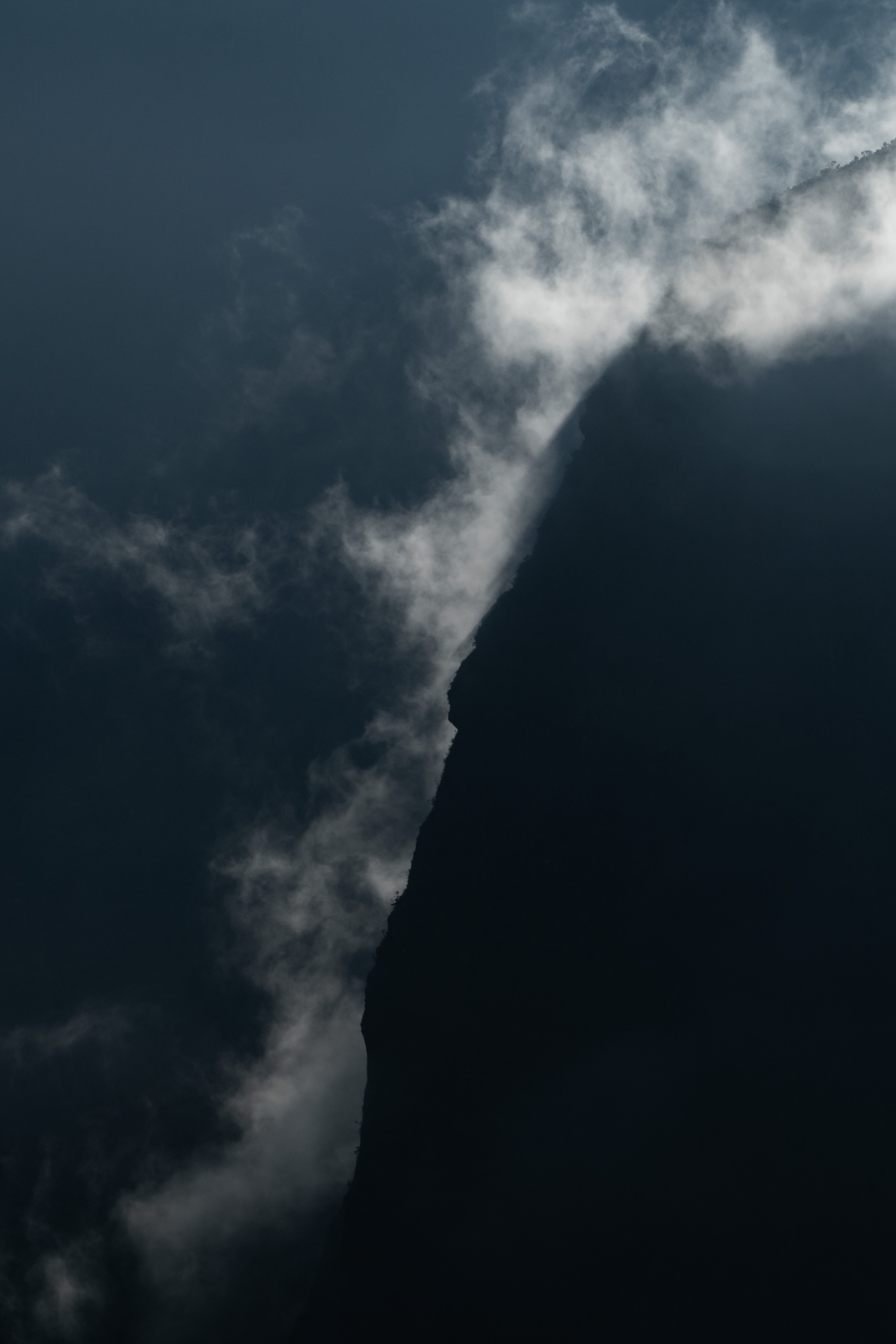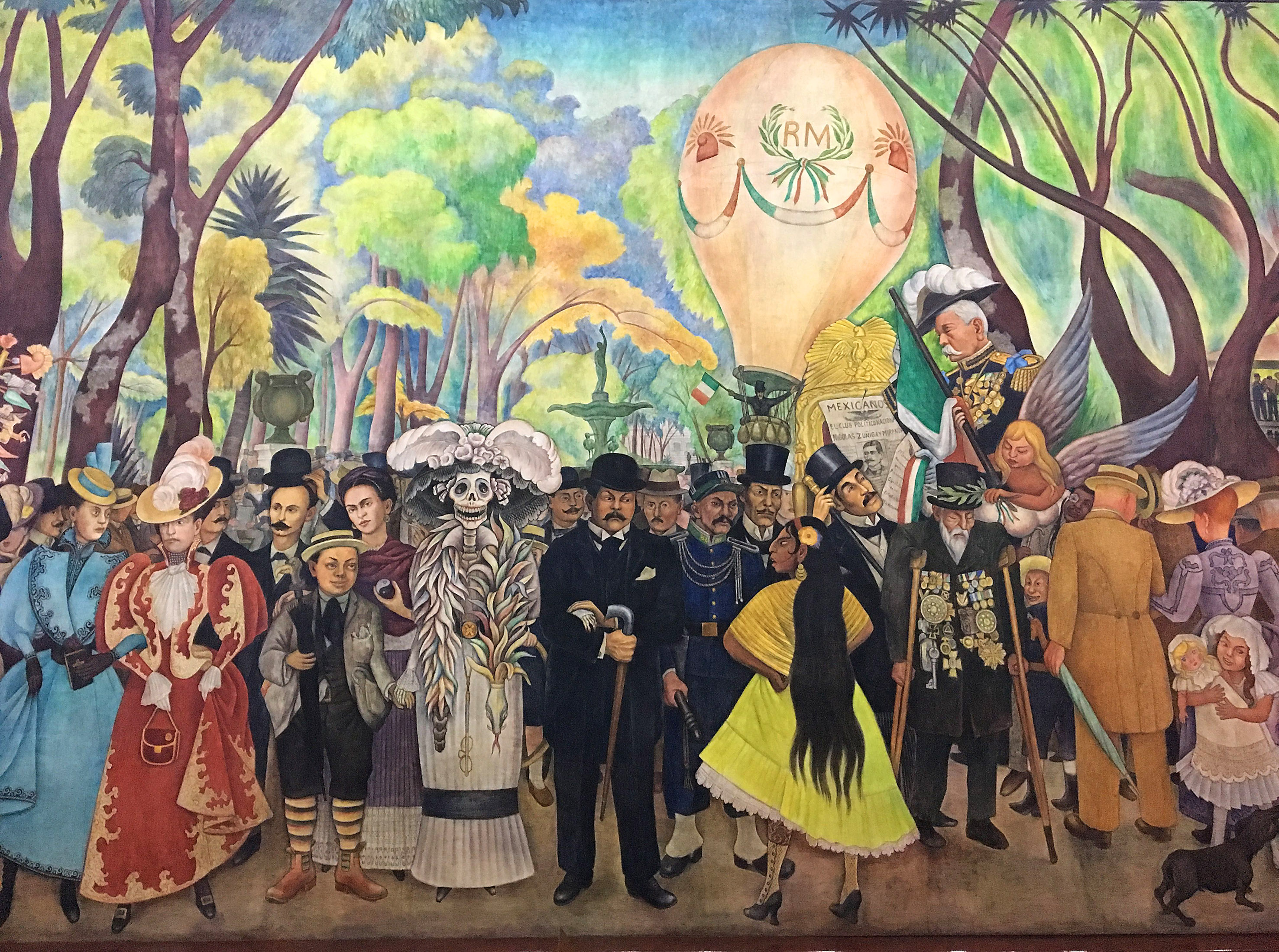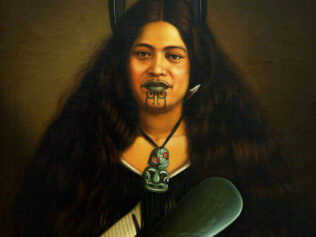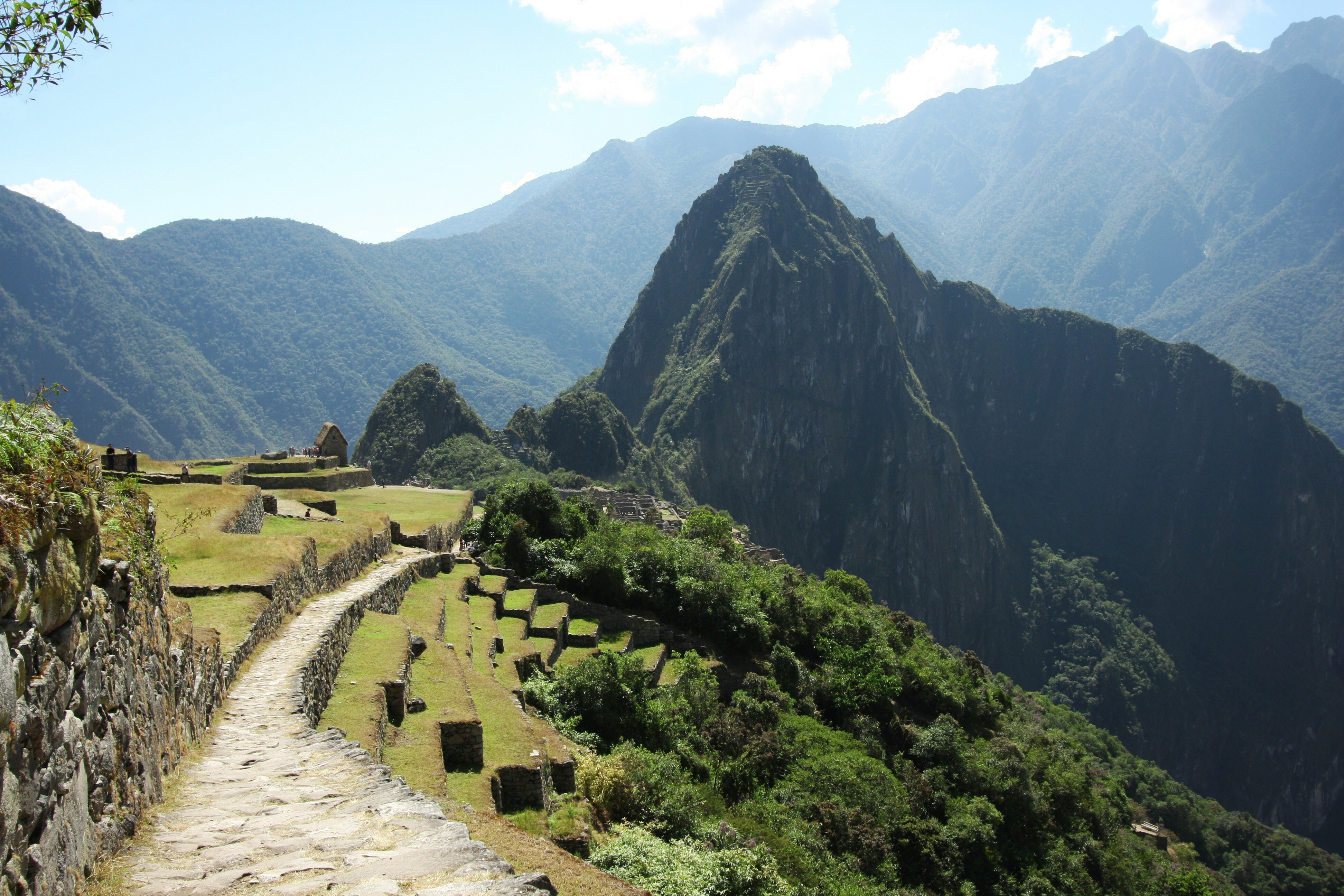
Evo Morales was the first Indigenous president of Bolivia. Yet a decade later, support for him is far from certain.
The ancestors of the former president were mostly miners from Altiplano, but he was born to an Aymara family of farmers and moved to the Chapare Province as a young adult. As a child, Evo Morales lived in extreme poverty. Only two out of his six siblings survived and reached adulthood; the others died of hunger. In this region, as late as in the 1990s there was still no electricity and only 2.5% of the population had access to running water and a sewage system. Evo became an activist when he was still a teenager. He built a football team from scratch and started a music band in which he played the trumpet. Like many of his compatriots, he grew coca and soon became the leader of a group of cocaleros (coca leaf growers). This caused him lots of trouble, as the local establishment would actively fight against him.
Morales began to oppose the system very early in his life, which might have been caused by the poverty and hunger he experienced as a child. He soon became the leader of the Movement for Socialism (MAS) and the embodiment of Indigenous people’s emancipation. As a young politician, he often emphasized that according to the constitution, Bolivia is a multinational country: Indigenous people account for 68% of the population (and the Métis account for another dozen or so). Also, apart from Spanish, the official languages in Bolivia include Quechua, Aymara and Guarani. Nonetheless, before 2006, representatives of the native people couldn’t even dream about holding the office of president. In most of his speeches, Morales pointed out various manifestations of social injustice. When he was running in general elections, he promised to fight poverty and move away from the neoliberal and pro-American policies promoted by the government. He claimed that he would lift the ban on coco cultivation, which many farmers, mostly Quechua and Aymara, relied on.
In 1997, Morales was elected to Congress, receiving the largest number of votes. He also ran for office in presidential elections, but his first attempt was unsuccessful. With 22%, he came second. He won, however, in 2006, getting 54% of the vote. He became the first Indigenous president in Bolivia and the second in American Hispanic/Latinx history – after Benito Juárez, the president of Mexico.
Shortly after his inauguration, Morales began to implement his vision of radical change, which included increasing the number of Indigenous people in politics. He already showed his support for them in his early speeches, which he delivered in Aymara instead of Spanish. Also, he wore Alpaca wool sweaters and took part in traditional folk ceremonies, which were deprecated by his predecessors. At the very outset of his first term, he also began to lay the groundwork for Bolivia’s New Constitution.
The Constitution came into effect in 2009, bringing about many changes. It recognized each ethnic group as a separate nation. Their customs, traditions and mythologies became an official part of Bolivia’s national identity. It also ensured a greater representation of Indigenous people at all levels of governance, guaranteeing them greater autonomy and introducing ethnic quotas in legislative institutions. At the same time, Morales established the Ministry of Decolonization to fight racism and ethnic discrimination. 12th October started to be celebrated as the Day of Decolonization.
His economic reforms proved to be even more radical. Morales announced his plans to nationalize the mining sector, mostly oil and natural gas. It didn’t come to this, but due to the pressure exercised by the Bolivian government, big companies like BP, Total and ExxonMobil had to make significant concessions and accept higher taxation. This newly-generated income helped to finance a variety of social welfare programmes. Mothers would receive maternity benefits, which they were never paid before, while students were awarded scholarships. Senior citizens were guaranteed some benefits, too. During Morales’s socialist presidency, the poverty rate started to decline. The number of poor and destitute Bolivians was reduced almost by half. Morales’s new doctrine was referred to as state capitalism.
Many of these reforms triggered a strong reaction from foreign governments that maintained relations with Bolivia. After American protests in 2008, the US ambassador was immediately expelled from La Paz. In contrast, the relationship between Bolivia and Cuba, as well as Venezuela and Brazil, grew stronger. Most importantly, however, the new president was admired by Bolivian society. At that time, his approval rating spiked at over 80%.
Also, another constitutional amendment was made. As a result of the January 2009 referendum, the constitutional term limits were changed, allowing the president to serve for two consecutive terms. In addition, the Supreme Court ruled that the first term of president Morales did not count towards these limits as the constitution was being amended at the time, which meant that he could be re-elected for a third term.
These solutions stirred a lot of controversy. Even Morales’s close collaborators noticed that he was changing. His ‘Evolution’ manifested itself in his obsession with power. After the first few years of his presidency, his ideas met with opposition not only from white landowners and city inhabitants, but also from impoverished people. In 2010, when gas prices went up, Bolivians took to the streets.
In 2016, Morales lost again: his reelection referendum ended in fiasco. Still, the Constitutional Tribunal, manned with his followers, deemed presidential term limits unconstitutional. This decision infuriated people and served as a breakthrough point. In response, Morales began a crackdown on the opposition, introduced media censorship and, curiously enough, appointed a special committee to “fight the opponents of the president in social media”.
The situation escalated on 20th October 2019, after Morales ran for office for the fourth time. People took to the streets, demanding his resignation. His house in Cochabamba was demolished and both the army and the police had to intervene. Something had changed, however, since some policemen joined the protesters. Morales left for Mexico, and then went to Argentina. Lately, he has come back to Bolivia. He doesn’t hold public office, but rumour has it that he is still attempting to influence Bolivian politics. This doesn’t come as a surprise, given that the new president, Luis Arce, is a member of the MAS (led by Morales) and that he began his political career as a Minister of Economy in Morales’s first cabinet.
Translated from the Polish by Joanna Mąkowska

